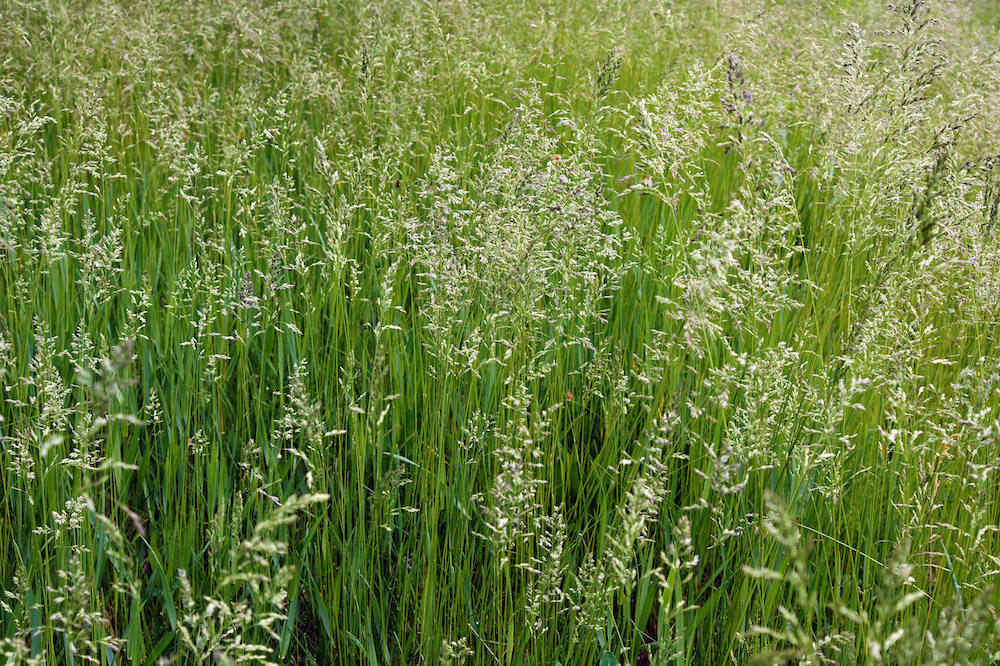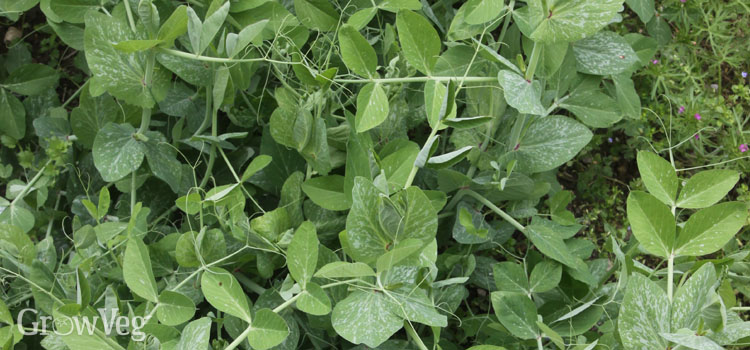Growing Potatoes

The practice of greening and pre-sprouting seed potatoes before planting them out encourages early growth and quickens the development of marketable tubers. The method is simple: spread the seed tubers in open-top crates or flats, one layer deep with the “seed end” pointing up. Keep the flats warm (70 degrees) where light levels are medium in intensity (bright shade). The warmth stimulates the development of strong sprouts from the bud eye clusters.
Usually seed potatoes are greened up starting a week or two before planting. Do not cut the seed before greening up. Cut it just before planting. Using a clean, sharp knife cut up larger potatoes into pieces immediately before planting, tubers the size of a hen’s egg may be planted whole. At minimum, however, each piece should weigh at lease 2-4 ounces and must contain two or more strong eyes.
Preparing the Soil
Ideal soil is deep, light and loose, a well-drained, but moisture retentive loam. However, the potato is also very adaptable and will usually produce quite nicely in other soil conditions. Potatoes like a pH ranging from 5.2-6.8. Too much alkalinity will tend to make many varieties get scabby. They need wellbalanced soil– good compost dug into the rows bellow the seed is generally sufficient to produce a fine crop. Potatoes given too much nitrogen grow lots of leafy vines but few tubers. Too much potassium will make your tubers contain less protein.
Planting
Planting early is risky as seed potatoes can rot in cold, waterlogged soil. Optimum soil temperature is between 55°F to 70° F. The width between rows and overall plant spacing is determined by the size of your garden, your method of cultivation and the amount of irrigation you have available. You can get by with as little as 2 feet between rows. Whatever your row spacing, dig a shallow trench about 6-8 inches deep. Plant the seed pieces 10-14 inches apart in the trench. Using a rake, cover the seed with 3-4 inches of soil — do not fill the trench completely.
Hilling
Hilling is crucial to creating a place for potatoes to develop a large size and abundantly. Sprouts will emerge in about 2 weeks, depending on soil temperature. When the stems are about 8 inches high, gently hill the vines up with soil scraped from both side of the rot with a hoe. Leave about half the vine exposed. Hilling puts the root system deeper where the soil is cooler while the just scraped-up soil creates a light fluffy medium for the tubers to develop into. Subsequent hilling will be needed twice more, once in two weeks after the first and again in another two weeks.
Watering
Potatoes generally benefit from a thorough watering every 7-10 days. Watering will depend heavily on what type of soil you have. Your soil’s particular characteristics may change the way you need to treat your crops.
Fertilizing
Apply Espoma Gardentone as a blanket application when planting your potatoes, and then side dress once more when you hill them up for the first time. These are likely the only two fertilizer applications your crop will need.
Harvesting
Normally seven to eight weeks after planting, the earliest varieties are blossoming. This signifies that early potatoes may be ready, so gently pole into a potato hill by hand to see what you can find while making as little disturbance as possible. Dryish soil is definitely an advantage when harvesting; the tubers come up a lot cleaner and with much less effort. After the tops are dead, rest the tubers in the ground, undisturbed for two weeks to “cure”, while the skins toughen up, protecting the tubers from scuffing and bruising during harvest and storing. It is best to harvest in the cool morning hours. You want to chill your tubers down as fast as possible. If the soil is wet, let them air-dry on the surface for a few hours before gathering them.










 Care Guides
Care Guides David Austin Roses
David Austin Roses Plant Lists
Plant Lists Bulk Seed List
Bulk Seed List